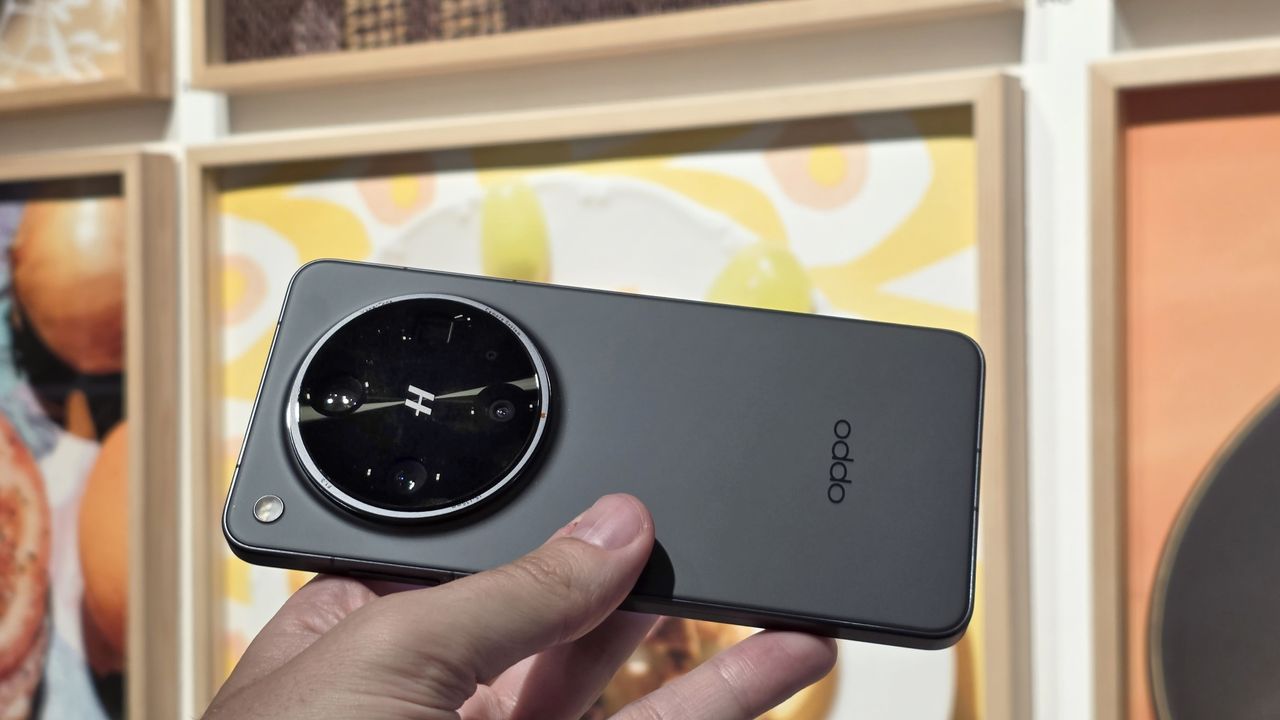
Not all phones are made equal. While I love the Samsung Galaxy S25 Ultra to my very core – even though I'm using a Z Fold 7 as my go-to right now – there are actually some hugely compelling alternatives out there.
Case in point: the Oppo Find X8 Ultra, which includes a camera setup like no other, including the benefits of a Hasselblad collaboration, which I got to test out at the imaging company's hometown, Göteborg, in Sweden.
Oppo came back with a bang with the Pro model in its Find X8 series, which was the first to get released in the UK for a couple of generations, knocking on the door of best Android phones once more. But while the phone-maker's international plans have ramped up, oddly enough the Ultra model won't get a worldwide release.
While the dual-periscope camera setup of the Find X8 Ultra is unique – and a world's first, no less – using the handset has, in a sense, ultimately felt like testing the future of phone cameras. Almost like a forbidden fruit; offering features I want to see from other mainstay brands.
The Oppo Find X8 Ultra certainly delivers what Samsung or Apple or Google haven't managed just yet with their camera hardware. But with this kind of research and development resulting in actual product hitting the shelves elsewhere in the world, those big brands are going to have to take note and step up their game. Here's why:
Dual periscope magic in penta camera setup
- Main (23mm): 1-inch sensor, 50-megapixel, f/1.8, optical stabilisation (OIS)
- 3x zoom (70mm): 50MP, f/2.1, 1/1.56in sensor, OIS
- 6x zoom (135mm): 50MP, f/3.1, 1/1/.95in sensor, OIS
- Wide: (15mm): 50MP, f/2.0, 1/2.75in sensor
- True Chroma Sensor: 2MP for colour measurement
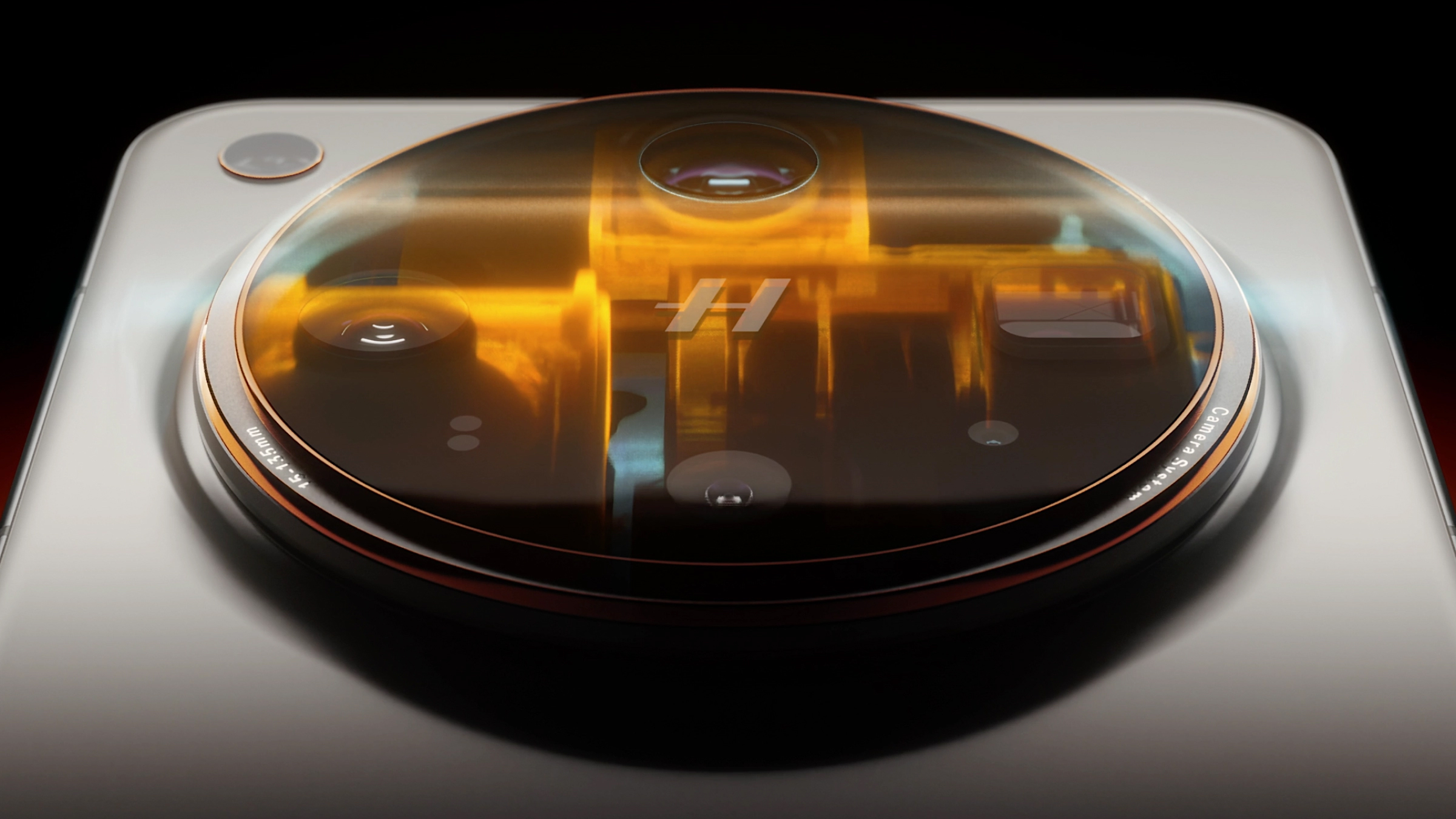
There's been a lot said about the giant circular camera bumps on the rear of many recent phones. The Oppo Find X8 Ultra's one is undoubtedly large, although not the largest – Vivo's X200 Ultra 'wins' that, far as I can tell.
But a large camera enclosure is necessary when you learn of what's inside: five cameras all in all, two of which are periscope zoom optics – which no other phone has managed to implement, ever. It delivers true 3x and 6x optical zoom options in the palm of your hand.
What I've loved about shooting with the Ultra in particular is the fluidity of motion between those cameras in the app. From wide-angle to main to the two zoom lenses, everything feels fluid – and looks consistent in preview.
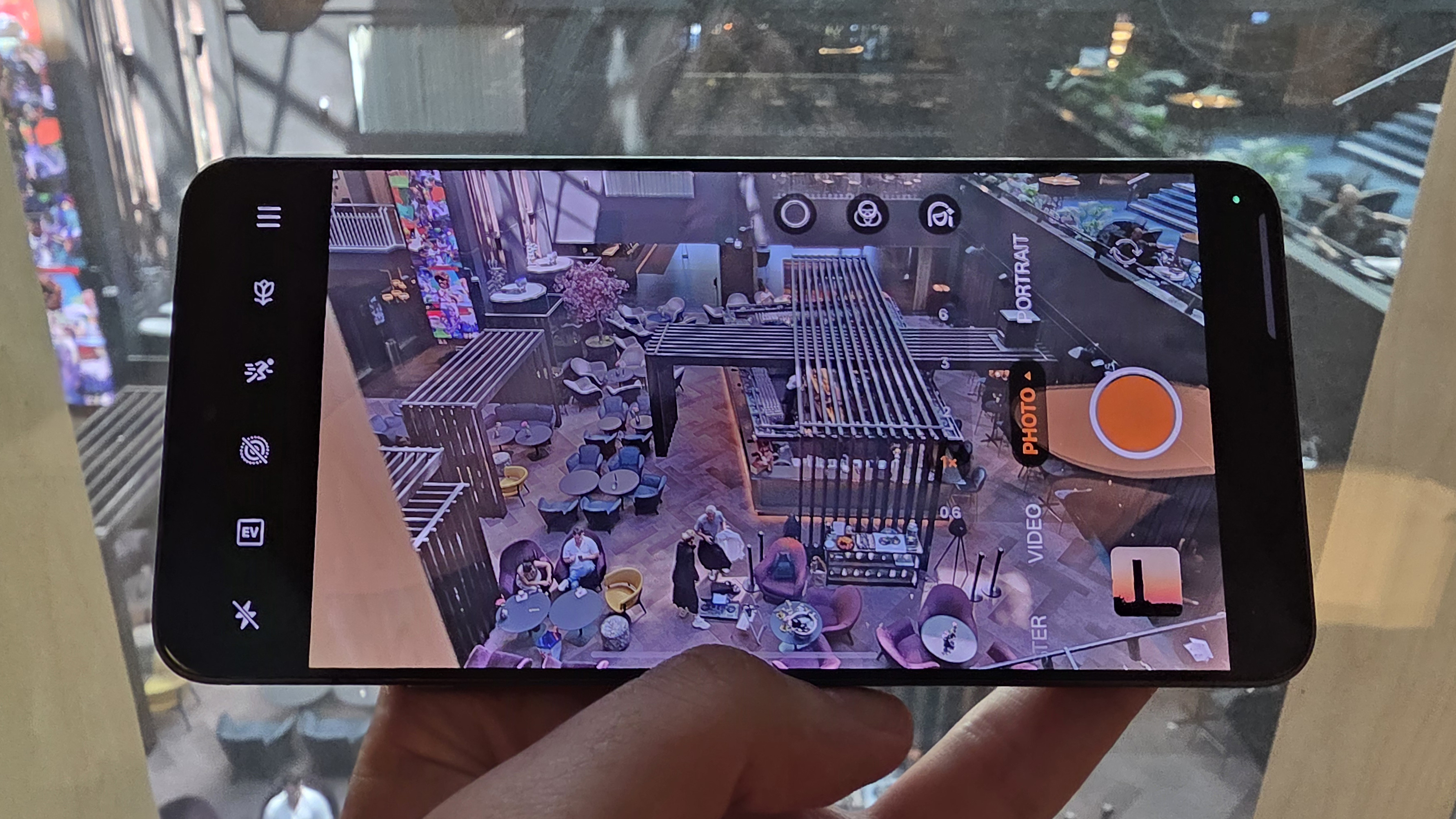
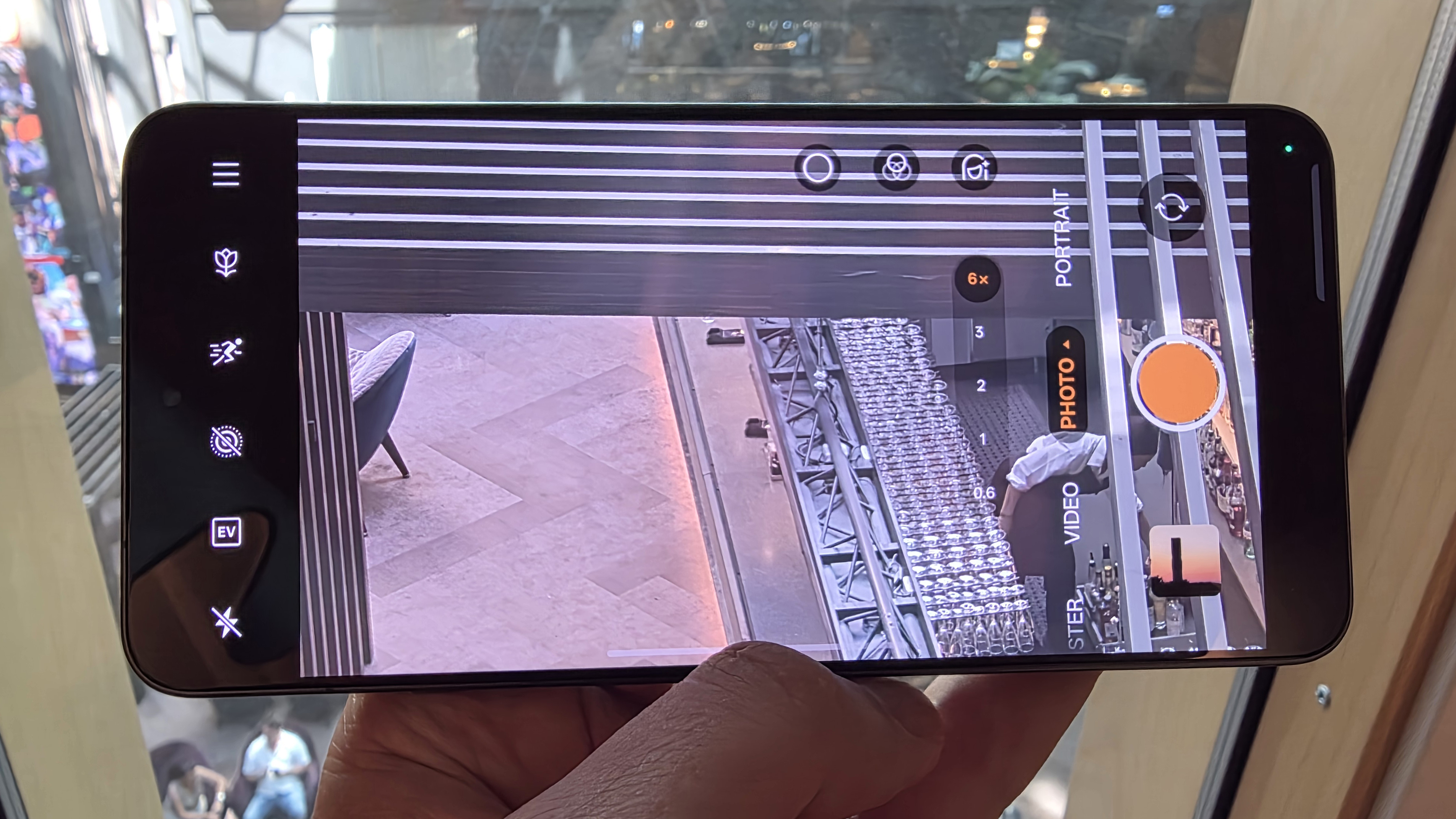
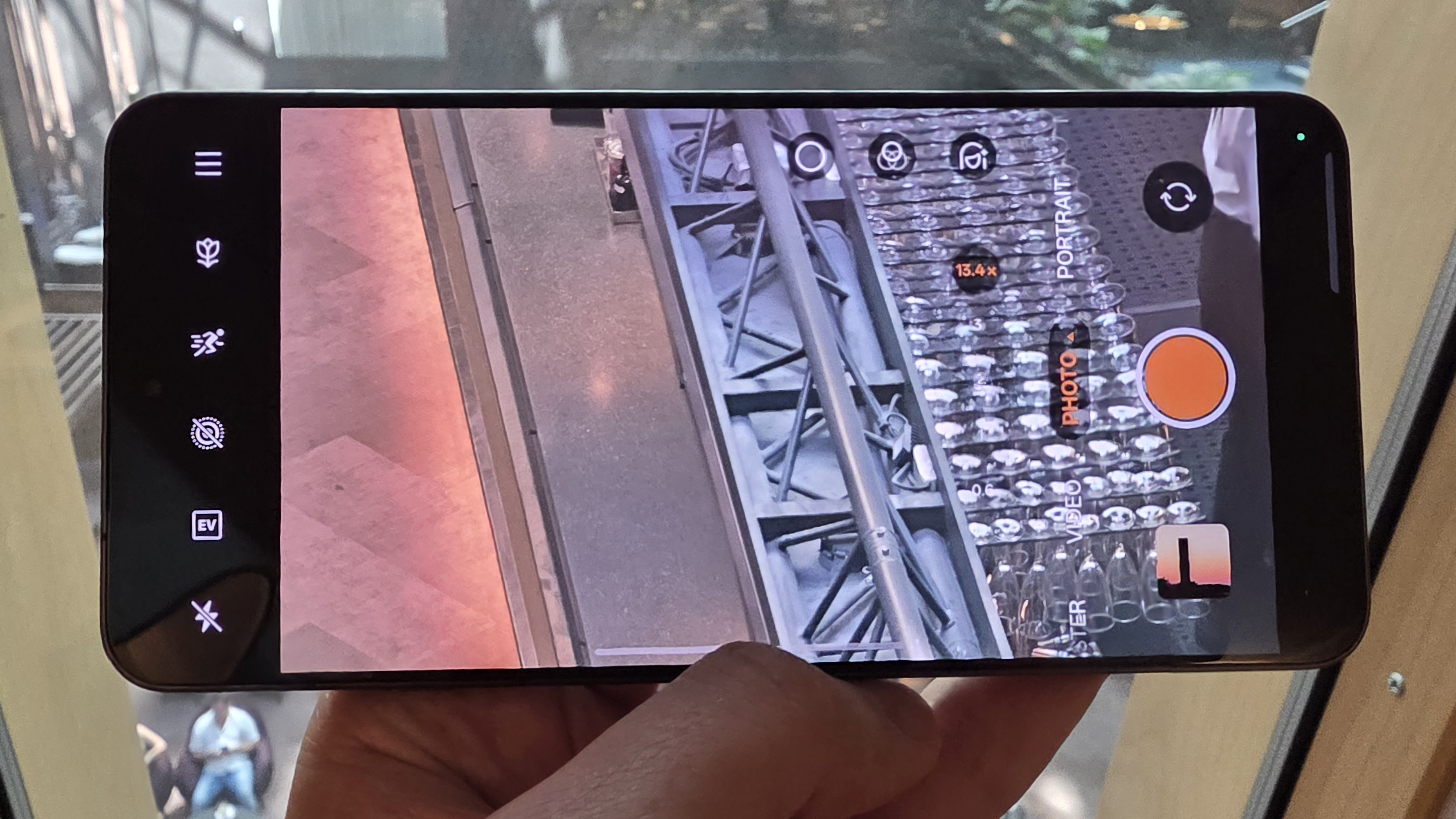
The optical stabilisation (OIS) is world-class, to the point you can almost 'feel' it counteracting your subtle hand motions. It makes shooting at a full zoom so much easier to control. Especially as the Ultra also caters for digital zoom, with 30x (668mm equivalent) or even 120x (2672mm) possible.
Don't expect magic beyond that 30x option, I must say, but even the digital offering up to that point is impressive. It's the staple zoom options that are killer, though, supported by resolute sensors that further that digital zoom capability. Autofocus is on point, there's face-detection, and easy settings adjustments for exposure and more in the main app.
Hasselblad partnership
- Hasselblad Natural Color Solution
- Hasselblad X2D colour-matching
- Hasselblad Portrait Mode
- Hasselblad XPAN Mode
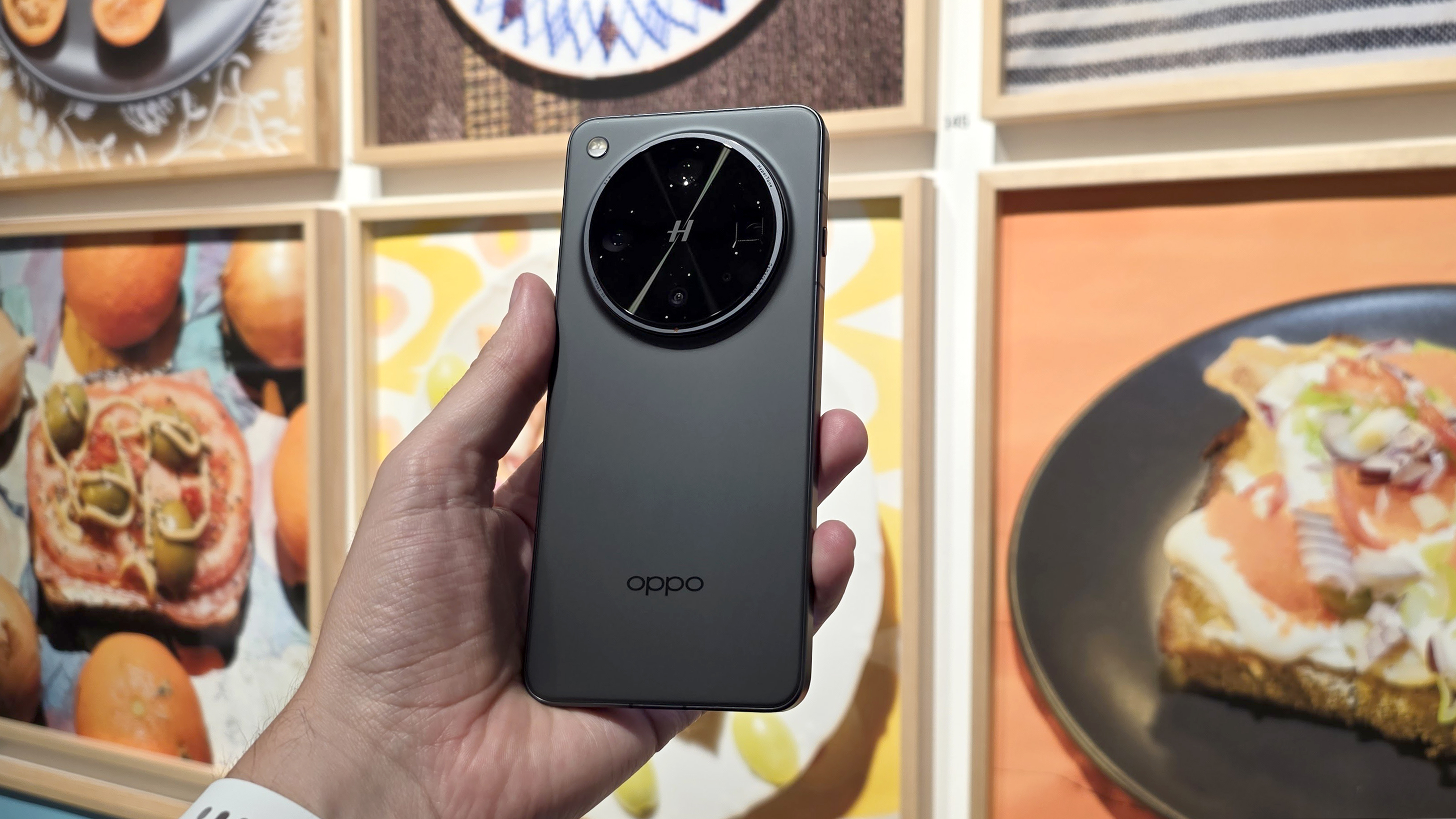
But a big part of the Ultra puzzle is the inclusion of an Oppo and Hasselblad partnership – which has just been renewed with the promise of a "next-gen system" for 2026 devices and beyond.
What does the Hasselblad collaboration actually mean, though? It's more than just an 'H' symbol stamped on the Ultra's rear camera unit, as the two brands collaborate and co-engineer, both in terms of physical hardware and the camera's software solutions.
Those software options pull on Hasselblad's rich history, with a variety of boosts available. There's Hasselblad's Natural Color Solution, which utilises the fifth camera on the rear, the True Chroma Sensor, to measure colour with accuracy. That's why everything looks so balanced from this setup.
Furthermore, Hasselblad Portrait Mode applies software-derived bokeh for blurred background effects, right down to the bokeh shape emulating what you'd expect from classic Hasselblad lenses.
Then there's the professional Master Mode, said to "match the colour character of the Hasselblad X2D [its professional mirrorless medium format camera]". This mode also opens up a variety of manual controls, so you can be even more specific in your photo-capturing.
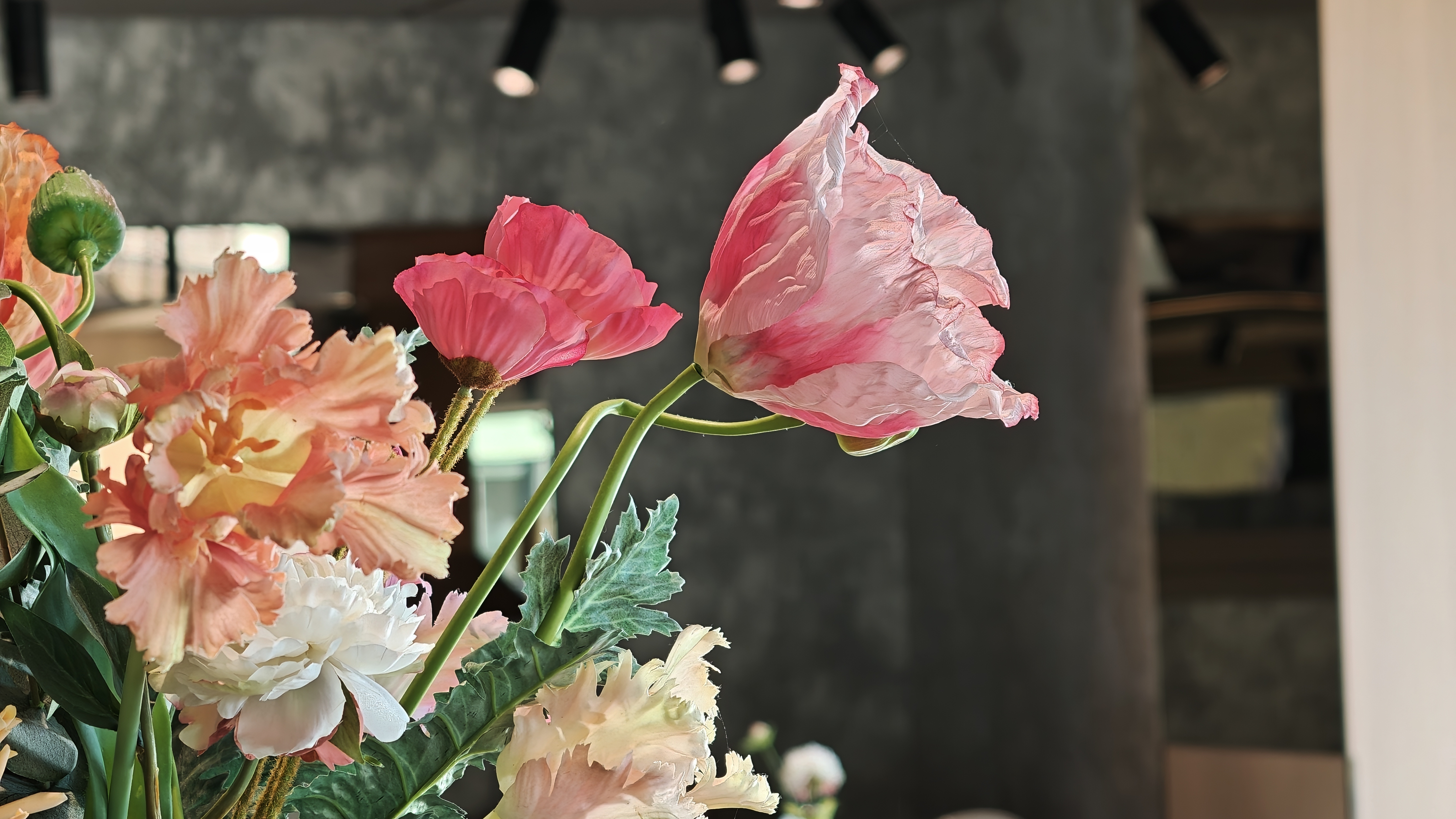
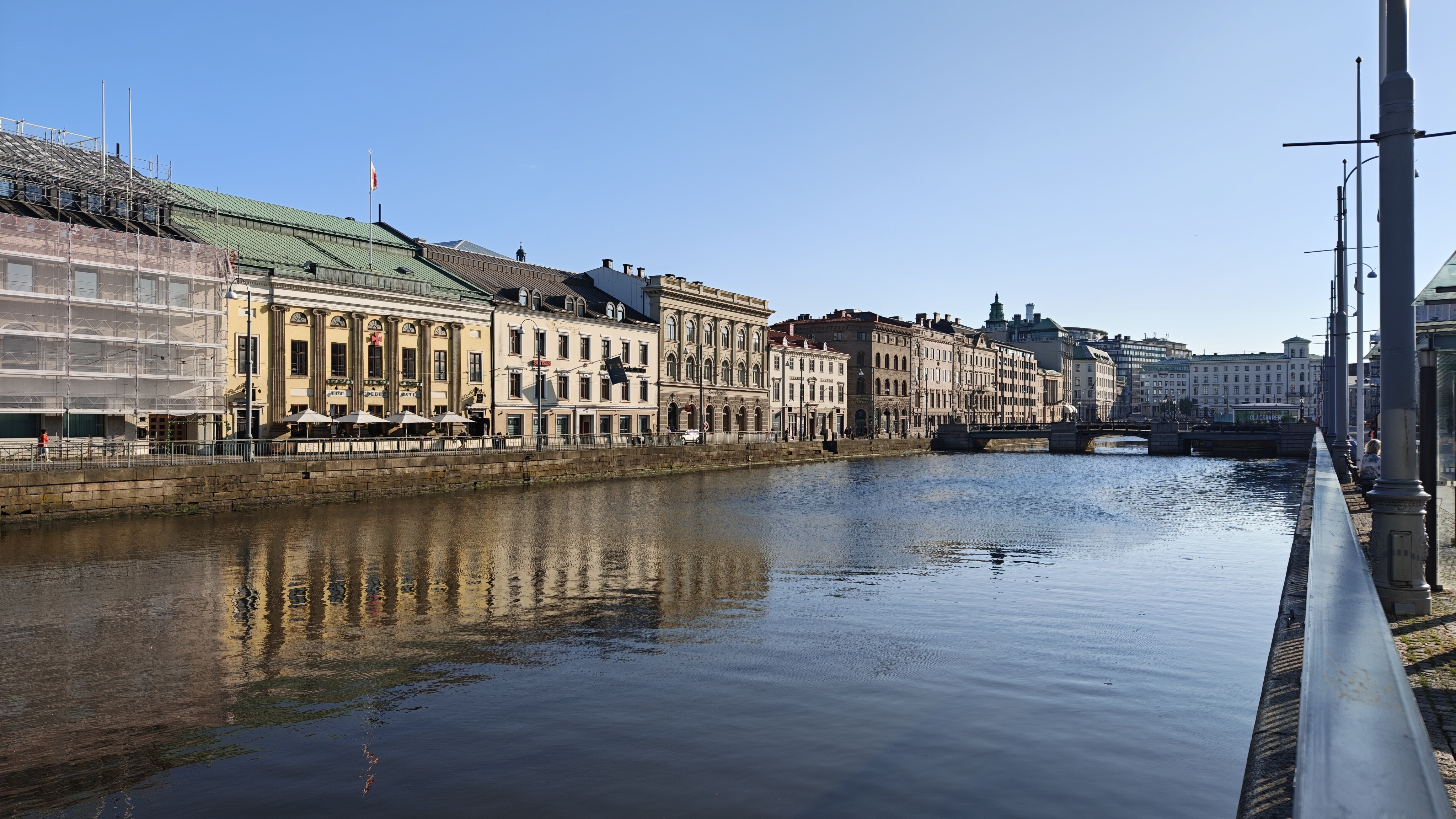




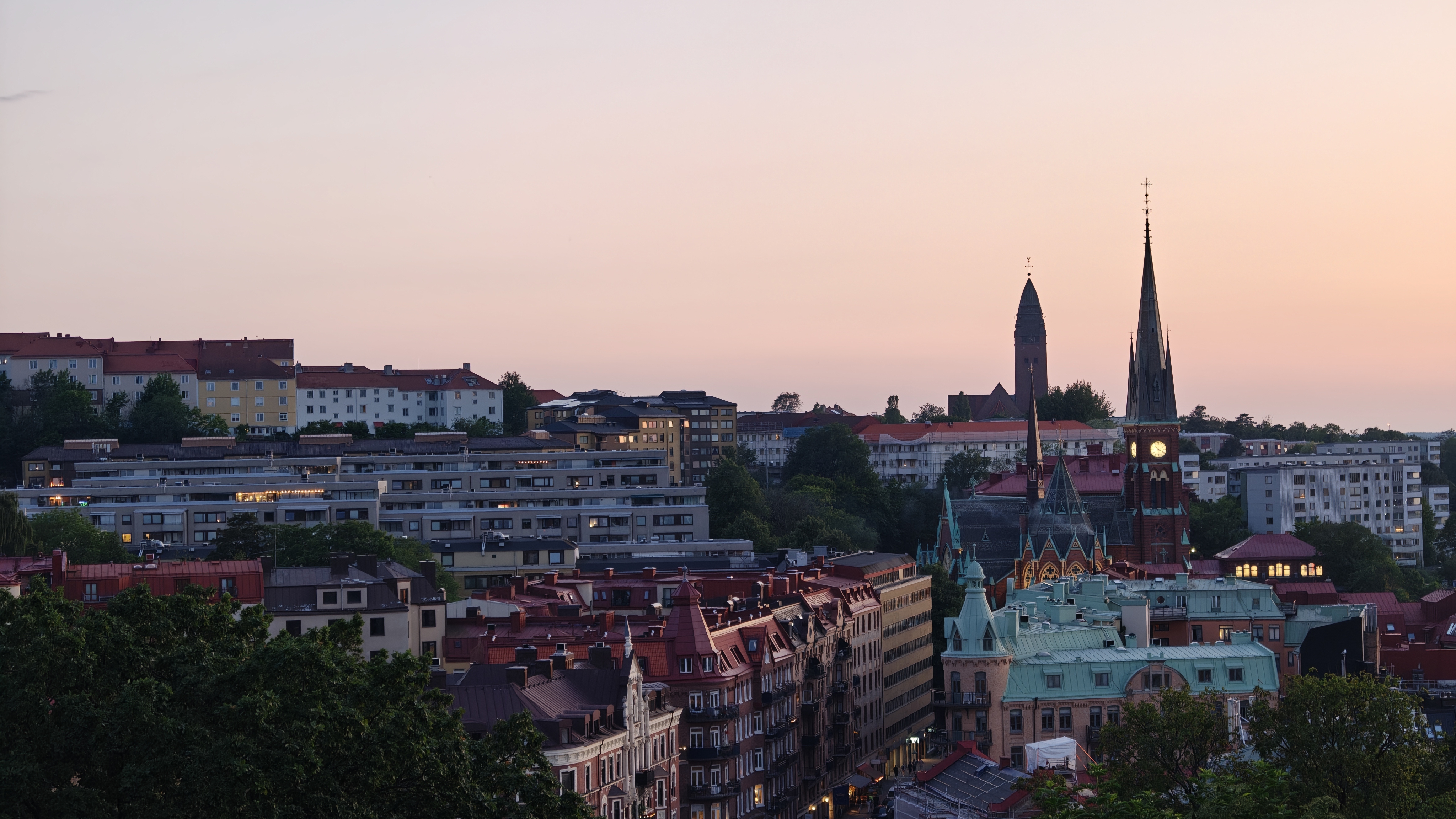
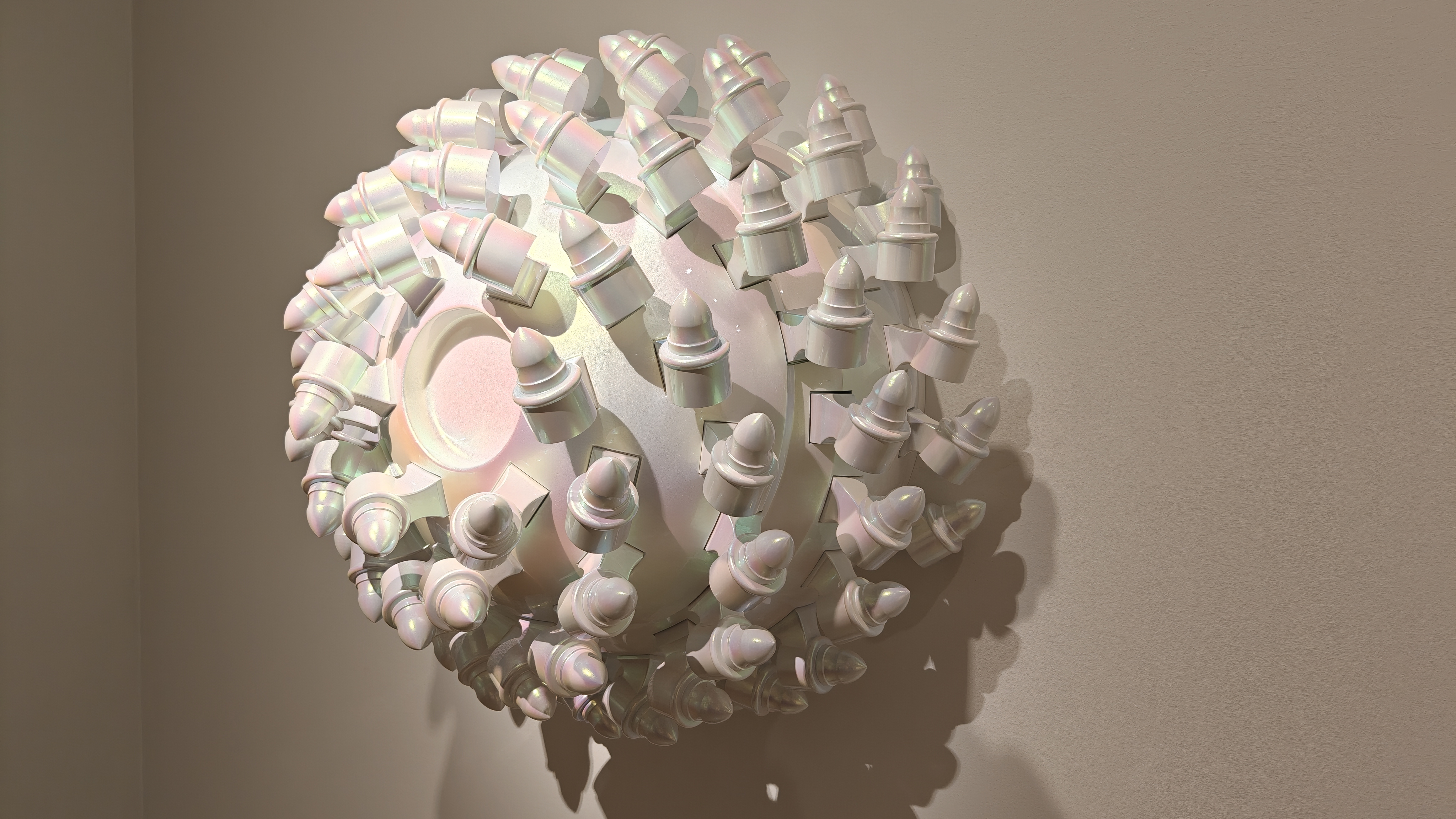

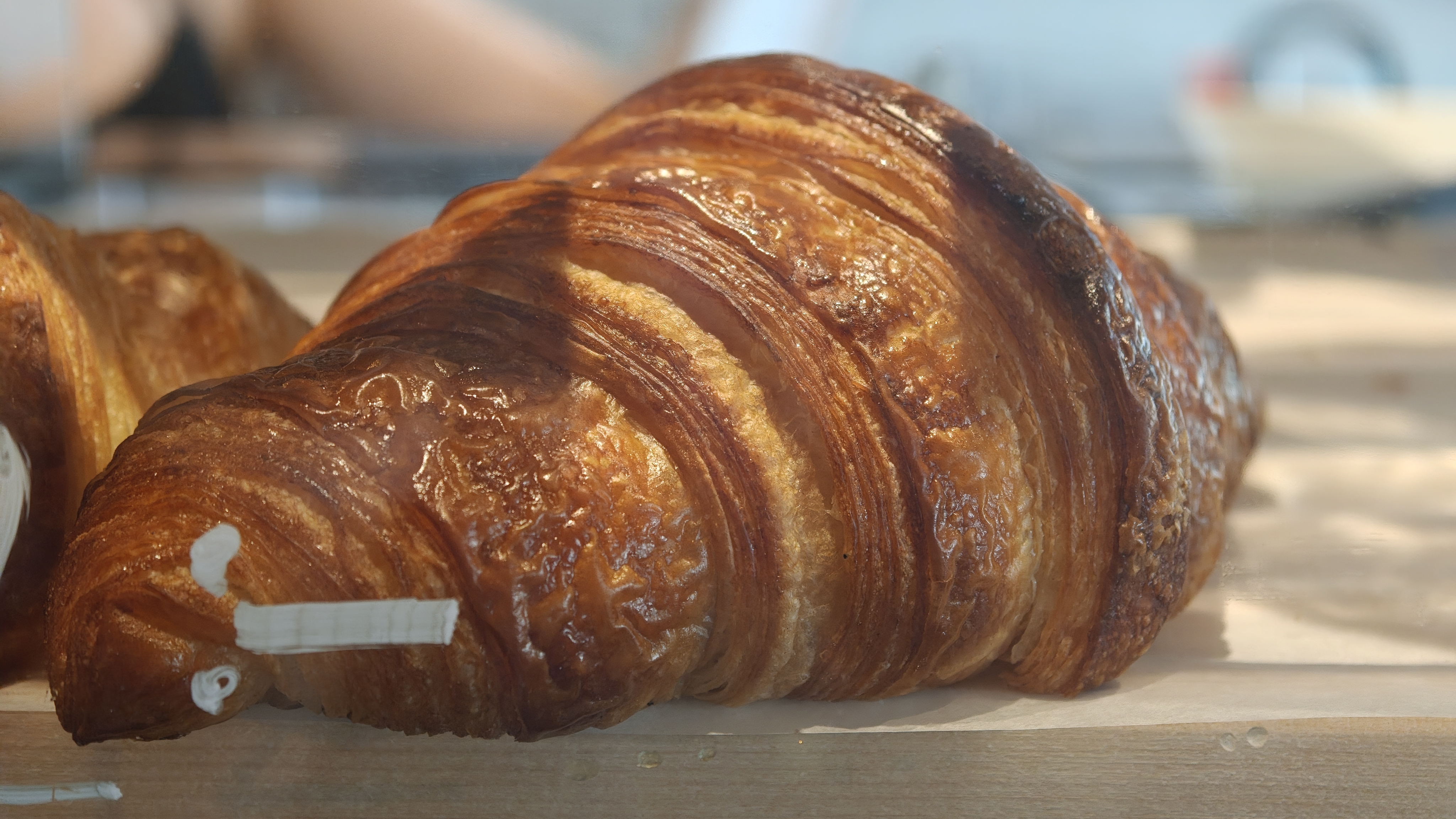
There's a lot of software options to give your images a specific filmic look and feel, but of them all – after getting pulled in by that 6x optical zoom in particular – it's actually the main camera that impresses the most.
Why? Because Oppo has crammed a 1-inch sensor size into this device as the main offering. That's a lot, lot bigger than your average camera sensor, which has a number of benefits. The natural depth of field, for one, is pronounced – meaning the wide aperture can deliver really pleasing background defocus.
A larger sensor also means larger 'pixels', which is better for light gathering, ultimately meaning a cleaner signal. That translates into better-quality low-light scenes, for one, and as I've shot from daylight to dusk in Sweden, it's clear to see just how capable the Ultra is.
But you can't buy one
- China exclusive release, priced ¥6,499
- Matte Black, Pure White, Shell Pink
All of which adds up to one incredible camera setup that ought to make Samsung and Apple and Google stand up and pay attention. Which, you'd hope, those on the inside will be keeping an eye on – but perhaps not all too worriedly.
Why? Because the Oppo Find X8 Ultra won't release in the UK. Or across Europe. Or, in fact, anywhere outside of China. So all this hardware wonderment is retained in a specific global region – and most people will never get to see or try one out.
I think that's a shame, but it's clearly a decision Oppo is making for a variety of reasons. Cost could be one, with the phone's CNY 6,499 making it pricey – although the approximate £700/$900 straight conversion would never be accurate, it'd be much higher in the West for various import and tax reasons.
As a China-only device, the version of Color OS is also not the full-fat Google-ified version that I've been testing, so for day-to-day use it's not quite right outside of its intended region. Not that this impacts the camera which, with its world-first accolade and impressive setup, is a nod to the future that I hope we can come to expect.







